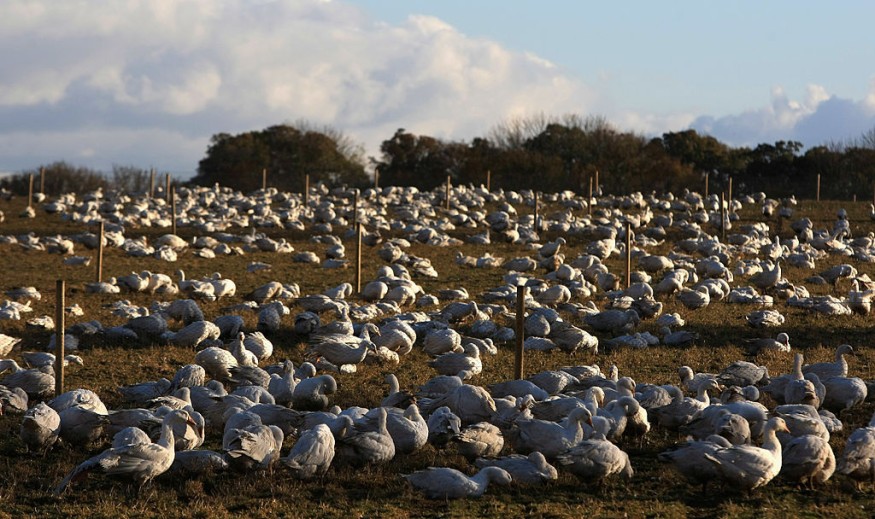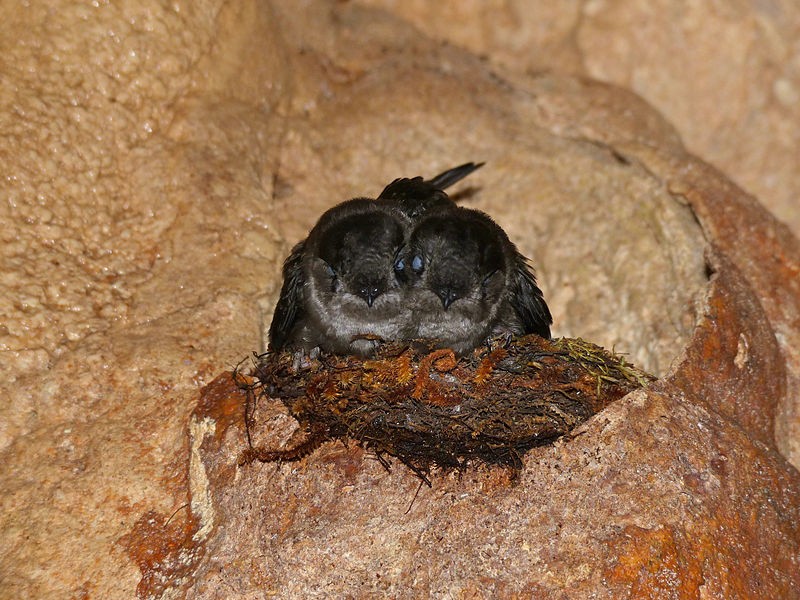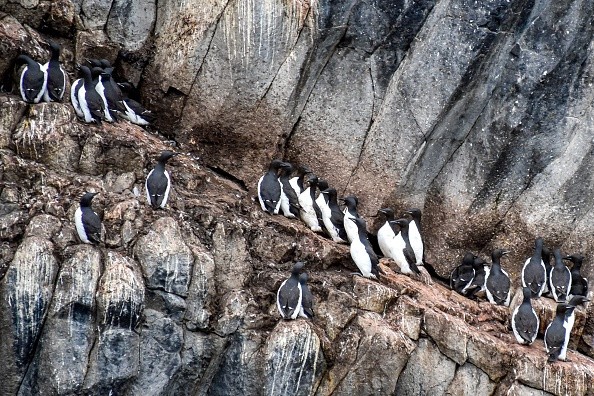Migratory birds have no issue finding their route because of a combination of vision-based monitoring of the Earth's magnetic field and an in-built compass that allows them to position themselves according to magnetic intensity.

Magnetoreception
Magnetoreception is a biological device that allows birds to know which direction to travel in on their initial outbound migration and learn how to return to their nesting sites with fantastic precision, often within meters of their natal area.
Scientists looked at whether birds use clues from the Earth's magnetic field to better pinpoint their nesting grounds to figure out how they know when to stop.
The findings were reported in the academic journal Science.
Birds Sensing Mangnets
The magnetic inclination - the angle between Earth's magnetic field and its surface - or the magnetic intensity - the total strength of Earth's magnetic field - might be used as indicators.
Similar ideas were proposed in the previous study as a way for birds to return to their planned flight patterns after an intense weather event had thrown them off track.
The current study examined if and how the Eurasian reed warbler (Acrocephalus scirpaceus), a trans-Saharan migratory songbird, uses magnetic information to return to its nesting location using data from 17,799 ringing recoveries (marked birds) from 1940 to 2018.
Finding Their Nesting Place

Suppose these birds utilize the Earth's magnetic field cues to find their original breeding location. In that case, the researchers believe that yearly fluctuations in the Earth's magnetic field should be reflected in slow nesting area positional changes.
The magnetic parameter values indicative of an individual's natal or breeding site will exist in a different place the following year. The scientists add that the Earth's magnetic field moves somewhat year to year.
"We would anticipate positional variations between years to reflect year-on-year changes in the location of certain magnetic parameters if birds utilized magnetic characteristics to identify the location of their natal or breeding site."
Nesting and Magnetic Inclination

According to the findings, the birds' principal magnetic cue while changing their nesting location is a magnetic inclination, with precise inclination values acting as a type of stop sign.'
Before leaving their nesting grounds, the birds 'learn' the inclination angle, according to the authors.
"We propose that this is compatible with inclination serving as a uni-coordinate stop sign: If employed in conjunction with a compass heading linking the wintering and breeding locations, birds might recall their natal or breeding location using just one coordinate dimension," the scientists write.
According to the scientists, using magnetic inclination as the principal signal for changing their breeding location makes sense because it has the most consistent year-on-year fluctuation of all the conceivable magnetic cues. It gives migrating birds a more reliable indication that they've arrived at a desirable destination.
"By contrast, the location of the breeding site denoted by inclination as a stop sign moves only 1.22 km between years, suggesting that the proposed strategy minimizes the impact of secular variation by remembering breeding location relative to the most stable cue and referencing it alongside a compass bearing."
Scientists discovered that birds retrieved for use in the study were closer to the place indicated by the inclination stop sign model than they were to their natal or breeding sites, suggesting that the birds may value magnetic inclination bio coordinate information over even their nesting site.
Overall, it appears that migratory birds can successfully navigate and discover the critical conditions required for their continued existence by leveraging several biological systems connected to the parameters set by Earth's magnetic field.
Also Read : A Third of Wisconsin's Wild Wolves Killed in 60 Hours After Being Removed From Endangered List
For the most recent news about the animal kindom, don't forget to follow Nature World News!
© 2025 NatureWorldNews.com All rights reserved. Do not reproduce without permission.




